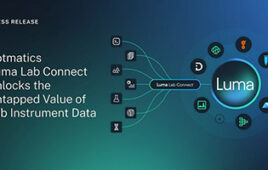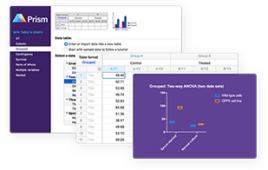We Need a Better Yardstick to Measure Digital Divide
Relying on easy-to-measure factors like how many Internet access points a place has presents a simplistic picture of today’s digital divide. A more sophisticated approach is needed to get an honest assessment of who is being left behind, according to Karine Barzilai-Nahon, an assistant professor at the University of Washington Information School. “Ten years ago, when someone had a connection, it was enough,” Barzilai-Nahon, said. “Today, in some places it’s nothing. The idea is what do you do with the content? Do you know how to use it?” The power of technology is about knowing how to harness it to enhance daily life both at home and at work, she said. “Think about those people who don’t know how,” she said. “Ten years from now, who will hire them?” It is distressing, for example, to see that student access to computers falls off dramatically when they leave the classroom and return to different socio-economic realities at home, Barzilai-Nahon said. She pointed to a report issued last month by the U.S. Department of Education showing that 37 percent of students from families with incomes below $20,000 use computers at home, compared to 88 percent of those from families with incomes over $75,000. Incorporating such disparities into measuring systems is important to form a clearer picture of the digital divide, Barzilai-Nahon contends. “Decision makers often fall into a trap of seeking data that exist, instead of putting in the effort to first systematically conceptualize the digital divide” and only then collect data, she wrote in her paper. “I think it’s time to show more social responsibility,” she added. Those who are marginalized because they can’t communicate with others, or must settle for menial jobs, represent a digital underclass and create a scenario for social unrest, Barzilai-Nahon said. To get a better handle on those who are being left behind, Barzilai-Nahon is calling on policymakers to use a different yardstick, including the following items, to measure the digital divide: • Social and governmental support and constraining factors, including training, funding and emphasis on digital empowering. • Affordability relative to other expenditures and average income. • Use, including frequency, time online, purpose, skill level and autonomy of use. • Socio-economic factors, including age, education, geography, race and language, among other factors. Together, these elements would build a stronger conceptual model and provide a deeper context to see what’s happening in society, she said. “I’m not saying the digital divide has widened or narrowed,” Barzilai-Nahon said. “I don’t know, but I’m saying nobody’s addressing the right problem.” What seems clear, though, is that U.S. government spending to close the digital divide is decreasing. She pointed to several items in the 2007 federal budget, including funding for education-technology grants to the states, which stood at $279 million this year but were slashed to zero for next year, according to an analysis done by Andy Carvin, coordinator of the Digital Divide Network, an online community of more than 8,000 activists, policymakers and researchers in more than 130 countries. Simplistic measurements are an issue for technologically advanced countries in general, but the problem seems particularly acute in the United States, where politicians seem more focused on the next election than on the long term, Barzilai-Nahon contended. By contrast, she said the United Kingdom has adopted a more enlightened approach and is spending more than $8 billion to make it happen. For example, the government published an “e-strategy” last year that aims to transform teaching, learning and child development to enable everyone to meet their highest expectations, to connect with “hard-to-reach” groups in new ways, to open up education to partnerships with other organizations, and to move to a new level of efficiency and effectiveness in delivery.




